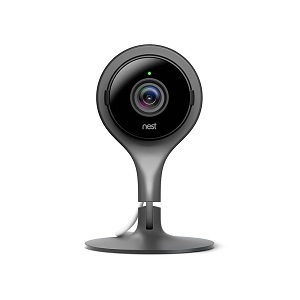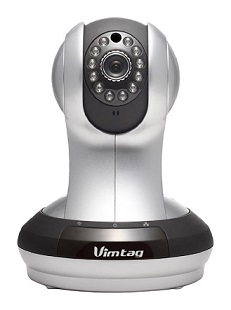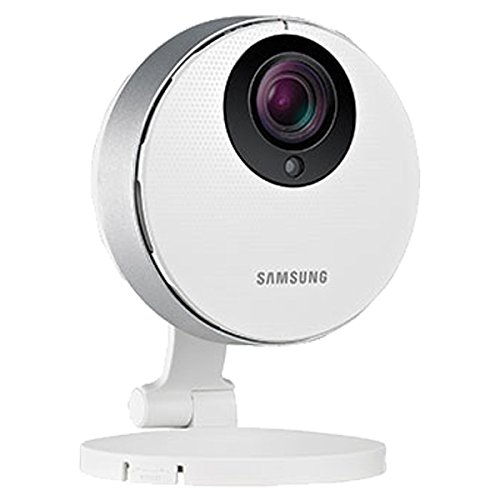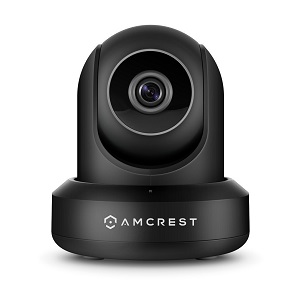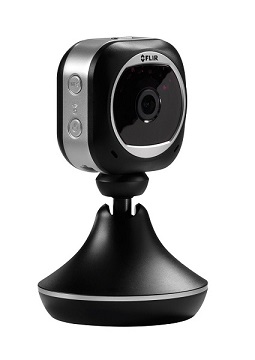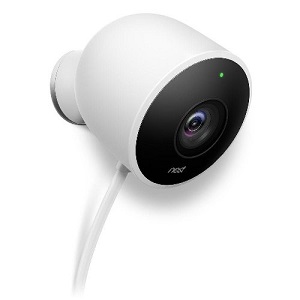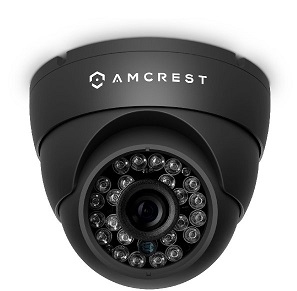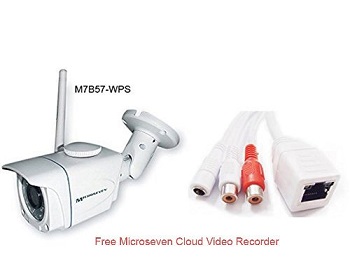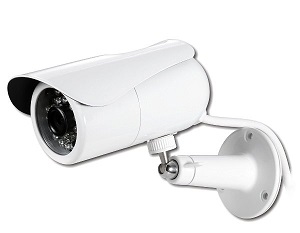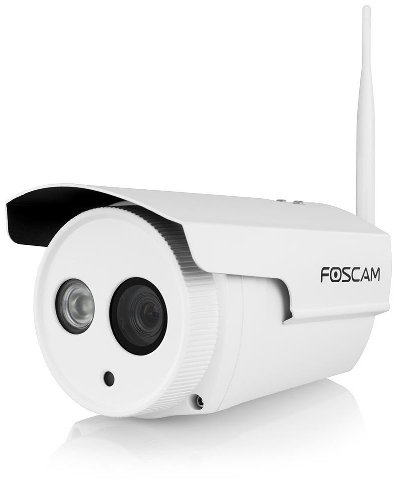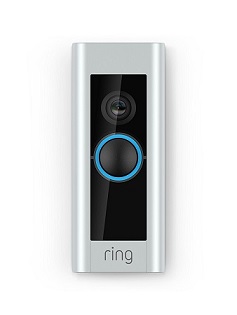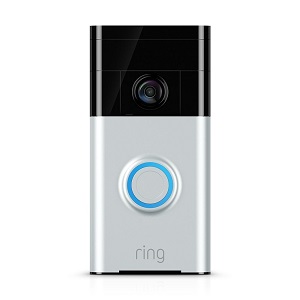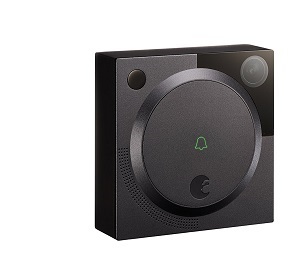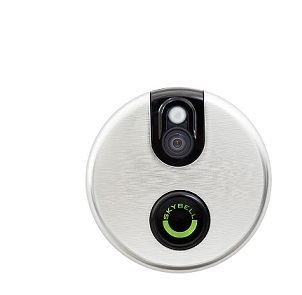How Security Camera Systems Work?
Two main kinds of security camera systems are available in the market – the Analog, and IP (also referred to as ‘network cameras’). A short description on how they work and about the major differences between the analog surveillance systems and the IP camera systems are as follows:
Analog Security systems
Most security cameras in the market are standard analog security cameras, connected directly to a digital video recorder. In these systems, the cameras are typically consists of a lens, a housing, and a DSP chip (digital signal processing chip). The cameras just boil down to being units via which the DVR (digital video recorder) sees. Transmission cables are used to connect the cameras to the DVR. Though cable types are aplenty, they all have a connection directly to the DVR (the heart of the system). The security DVR receives videos from the camera, compresses and stores it on a hard drive, and retrieves it later for processing. In most cases, DVRs converts the original analog video to digital format, to enable streaming of the video over internet, via a built in webserver. The DVR in such a case is entirely responsible for compression, conversion, storage and streaming of all video that comes from each camera. The DVR is the intelligent unit in the camera, and is therefore responsible for all motion detection, scheduling, notifications, alarm inputs, etc. To conclude, this kind of surveillance systems are generally cost effective, as the cameras are merely dummy, with the core unit being the DVR.
IP Security systems
IP or Network Security cameras are a complete contrast to the analog systems, because each camera here, function like a DVR in the analog systems. It therefore boils down to the fact that IP cameras are standard security cameras, that additionally compress video, converting them to digital format, and streaming them over the internet. Here, each camera is its own DVR. Sometimes, IP cameras also come with inbuilt SD card slots to enable them to directly store video on them. In some cases, IP cameras are connected to an NVR (network video recorders) in place of a DVR. Since video compression and conversion occur in the camera, the camera can stream the video over a network, to a PC or NVR that will record the compressed video. The benefit of these cameras is that additional cameras can be easily be added to the network. Also, resolutions are higher than in standard analog surveillance systems.
Among the shortfalls, the challenges facing the IP camera systems include greater bandwidth demand for video transmission, due to increased resolution. The same is the case with storage. Additionally, given that each camera is in itself a DVR, with its own built-in webserver, they are far more expensive.
